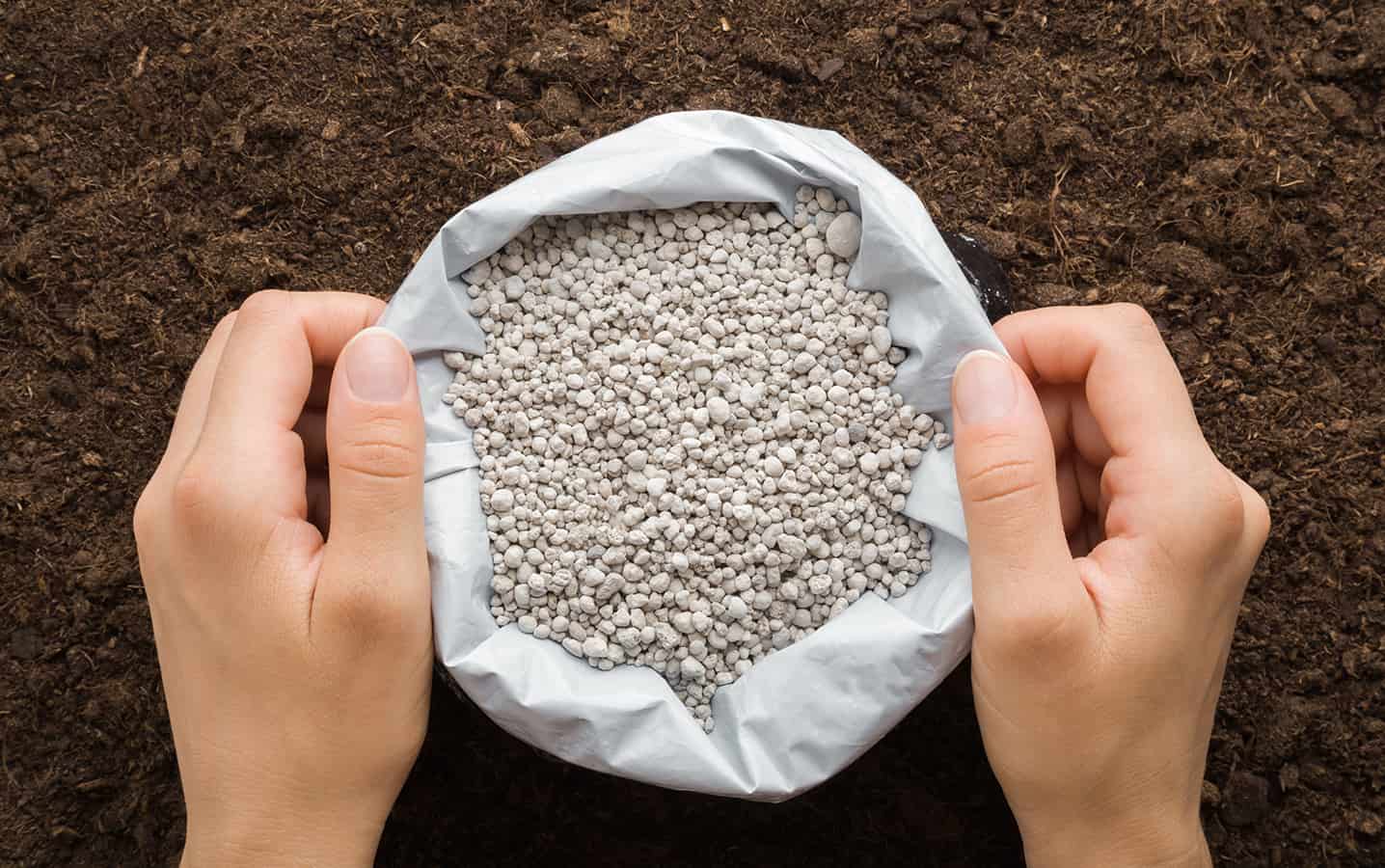What is the “right place” for fertilizer?
4R nutrient management improves the return on investment for fertilizer. Application practices that use the right source at the right rate, right time and right place will improve nutrient use efficiency by reducing losses and increasing plant uptake.
4R practices improve profitability and environmental sustainability, and contribute to the canola industry goal of 90 per cent of canola acres using 4R practices by 2025. The following recommendations stem from results and conclusions of canola research conducted in Western Canada. The Canola Research Hub at canolaresearch.ca has reports for all studies referenced in this article.
Nitrogen
Placement tips for nitrogen:
- In-soil banding of nitrogen fertilizers during seeding or near to the time of seeding will enhance nitrogen use efficiency.
- Consider operational requirements, direct costs of fertilizer applications, the relative risk of nitrogen loss and return per fertilizer dollar when deciding between surface-application versus in-soil banding. Ramona Mohr’s study, ‘Impact of source and placement of nitrogen and sulphur fertilizers on canola’, reported that banding often reduced nitrogen losses compared to surface applications, and banding showed increased nitrogen uptake at flowering.
- Deep banding in the spring or late fall is (still) the best method to increase nitrogen use efficiency, reduce losses (and greenhouse gas emissions) and, for rates below the soil test recommendations, to increase yields.
- If broadcast applications are the only option, spring timing will reduce losses compared to fall timing. Consider using a urease-inhibitor product with the spring broadcast applications. These conclusions are based on Mario Tenuta’s ‘Canola response and minimizing nitrogen losses in two-pass seeding- fertilization systems with varying placement methods in Manitoba’ study. The study also determined that deep banding reduced nitrogen losses compared to shallow banding and surface application.
- Split applications – side-banding at seeding plus in-season – may not provide a yield advantage over side-banding at seeding, but it can allow for flexibility of adjusting rates based on conditions through the season.
- Although total seasonal nitrous oxide (N2O) emissions were generally low, emissions were more affected by the total amount of fertilizer nitrogen applied than by the placement method. That was a conclusion from Dale Tomasiewicz’s ‘Evaluation of sap nitrate for in-season assessment of crop nitrogen status’ research.
Phosphorus
Placement tips for phosphorus:
- Phosphorus fertilizer should be side-banded when higher rates are needed. This could be done with a combination of seed-row placement (at safe rates) and side-band or spring-band placement, as it is better to apply phosphate fertilizer in the soil at a time when the crop can access it early in its growth cycle. This is a conclusion from Jessica Pratchler and Stewart Brandt’s ‘Enhancing canola production with improved phosphorus fertilizer management’ study.
- The Pratchler study also found that foliar phosphorus applications are not a good alternative to seed-placed applications – unless the field is known to be highly deficient (<10 parts per million of phosphorus in the top six inches of soil) and no other applications are made.
- Patrick Mooleki’s study, ‘Reducing toxicity of seed-placed phosphorus fertilizer in canola’, found that damage from seed-placed phosphorus can be reduced by increasing the width of the openers (from 1″ to 4″) and/or using narrow row spacing (9″ instead of 12″), which increases seed bed utilization.





